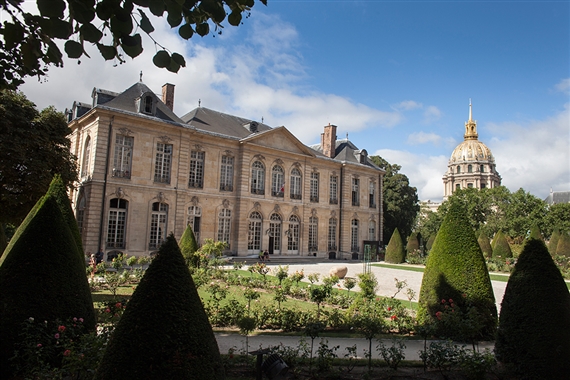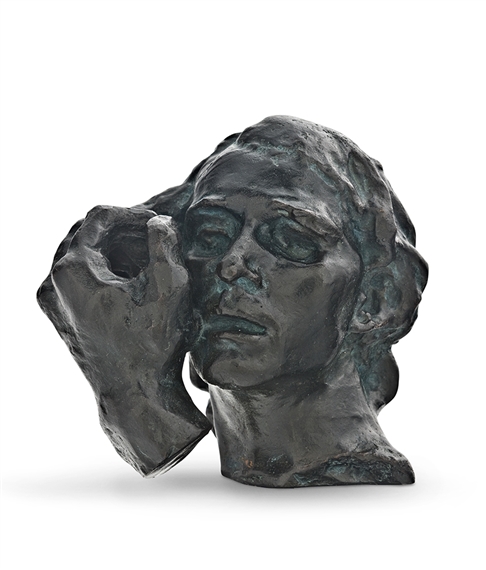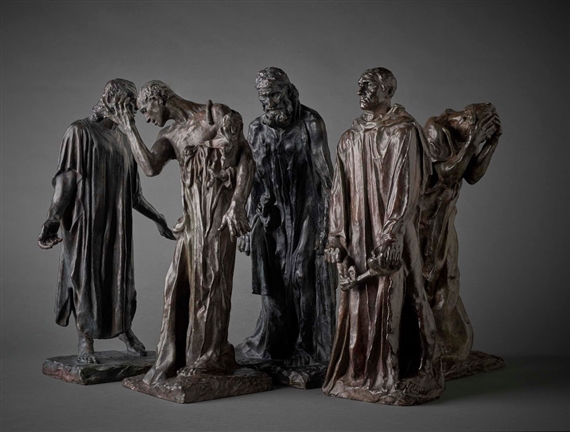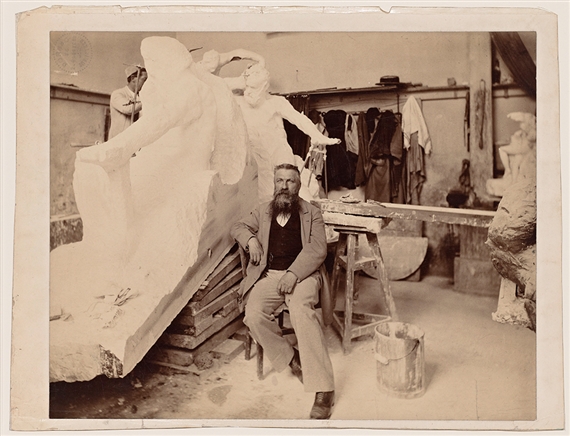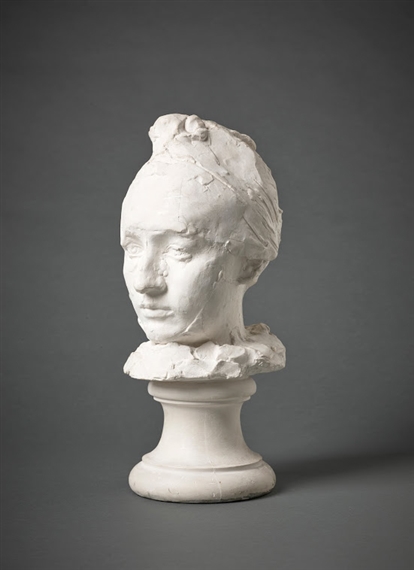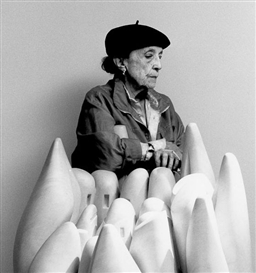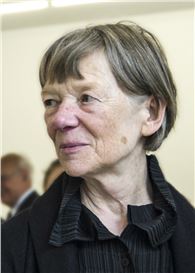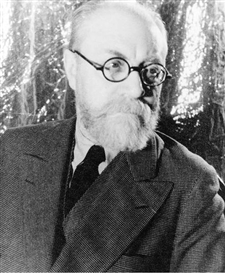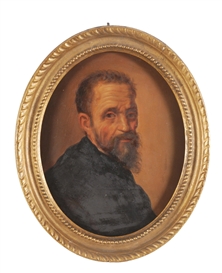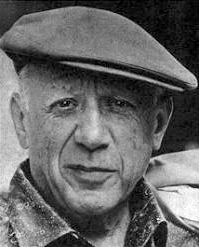Recognition, Refusal, and Romance: The Life and Work of Auguste Rodin
He is one of the most famous sculptors in the history of art, and his sculptures are among the most recognizable in the world. His most iconic, The Thinker, stands, along with Michelangelo’s David and the Venus de Milo, as one of the few works of sculpture widely known to the general public; it is so extensively imitated and reproduced, that the pose adopted by The Thinker—seated, bent over, with one hand propping up the chin—has become synonymous with the idea of deep thought. But what do we know of Auguste Rodin, the artist and the man?
Natalie Hegert / ���ϲ�����
01 Feb, 2017
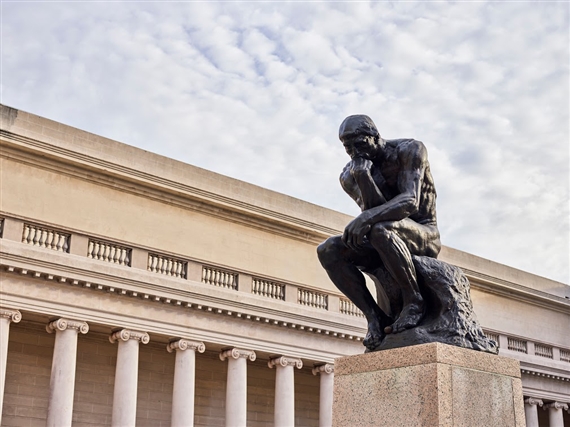
Auguste Rodin, The Thinker, 1888 (enlarged 1902–1903, cast ca. 1914), bronze, 74 3/8 x 38 5/8 x 55 1/8 in. (189 x 98 x 140 cm). Fine Arts Museums of San Francisco.
He is one of the most famous sculptors in the history of art, and his sculptures are among the most recognizable in the world. No history of Western art would be complete without a discussion of his famed sculpture The Burghers of Calais, and how it opened up the expressive, emotive potential of the three-dimensional figure. His most iconic, The Thinker, stands, along with Michelangelo’s David and the Venus de Milo, as one of the few works of sculpture widely known to the general public; it is so extensively imitated and reproduced, that the pose adopted by The Thinker—seated, bent over, with one hand propping up the chin—has become synonymous with the idea of deep thought. But what do we know of Auguste Rodin, the artist and the man?
Jules Richard, Rodin in his studio, silver gelatin print on glass, 6.7 x 6.7 cm, collection Musée Rodin.
2017 marks the centenary of Rodin’s death, and, to commemorate the preeminent French sculptor’s life, throughout the year, museums and collections around the world are mounting special exhibitions of his sculptures under the initiative “Rodin 100.” Institutions around the world with large collections of Rodin’s art will be showing them off in new installations and special centenary promotions, including the Legion of Honor in San Francisco, the Metropolitan Museum of Art in New York, the National Gallery of Art in Washington, D.C, the Museo Soumaya in Mexico City, the Rodin Museum in Philadelphia, and, of course, the Musée Rodin in Paris. Over 200 of Rodin’s figures will inhabit the halls of the Grand Palais in Paris, along with works by peers and followers Constantin Brancusi, Alberto Giacometti, Henri Matisse, Pablo Picasso, Joseph Beuys, and more. And, this year, a new biopic about Rodin’s life, as well as a €2 coin with his visage will be released.
L’hôtel Biron © Musée Rodin. Photo: Alexis Berg.
Nowhere will the celebration be more robust than in Paris and the immediate vicinity, where Rodin lived most of his life. François Auguste René Rodin was born in 1840, in Paris, to a working class family, and, besides a stint in Brussels, lived and worked entirely on the Left Bank. His former studios and residences are now the sites of museums devoted to his life and work, one in the 7th arrondissement of Paris, near Invalides, and the other in the suburb of Meudon. The grandeur of these two estates, between which Rodin would travel every day, shows the status and prestige the artist had achieved within his lifetime. By his later years, Rodin employed over 50 people in his studio and received portrait commissions from persons of prominence from around the world. He was the most renowned artist of his time, and is widely recognized as the most important sculptor of the modern era.
Auguste Rodin, Jean de Fiennes, head of the reduction, with left hand, c.1885 (G Rudier Foundry, cast 1985), bronze, 8.0 x 8.3 x 7.0 cm. William Bowmore AO OBE Collection. Art Gallery of South Australia, Adelaide.
Rodin’s status as a national treasure, however, and the stratospheric fame of certain sculptures, somewhat obscures the complexities of his life and his work. The works that inspired generations of sculptors, and, indeed, forged the direction of modern sculpture, are not necessarily those for which Rodin is most famous. Perhaps the most lasting influence Rodin had on successive art movements came from his fragments—whether a hand, foot, or head, Rodin considered these fragments as finished works in themselves. This approach to sculpture, as well as the “unfinished” look to many of his works, would deeply affect the course of modern art.
Auguste Rodin, Burghers of Calais, 1886-88, bronze, various dimensions. Fine Arts Museums of San Franicisco.
During his lifetime, Rodin often found himself at the center of controversy and scandal. In his early career, he experienced many setbacks. His first submission to the Salon was denied, in 1865, and he failed the entrance exam to the École des Beaux-Arts, not once, but three times. One of his first major sculptures, The Age of Bronze (1877), brought an accusation of life-casting—essentially “copying” the human form rather than sculpting it—and it took three years for Rodin to prove otherwise. Even as an established sculptor, his best works were often misunderstood—The Thinker (1879–1889) was described at the time as a “gorilla” and “an enormous brute.” Nearly every one of Rodin’s best-known sculptures and monuments were pilloried by the public, the press, or the commissioning body. The Burghers of Calais (1884–ca. 1889) were considered too untraditional, displaying none of the heroic poses expected of a war memorial. His Monument to Balzac (1891–1898) was criticized as “a penguin” and “a sack of coal,” and his Monument to Victor Hugo (1889-1897), intended for display in Paris’s Panthéon, was unanimously rejected by its commissioners.
Paul Dornac, Rodin seated in his studio in front of the Monument to Victor Hugo (plaster), c. 1898, proof on albumin paper. © Musée Rodin.
Rodin’s turbulent and tragic romantic life, on the other hand, has become almost as well known as his sculpture, as interest has risen in the life of fellow sculptor Camille Claudel, with whom he had a decade-long affair. Though it is arguable that Claudel’s talent and genius rivaled Rodin’s and that she influenced his sculpture as much as he influenced hers, Claudel, unlike Rodin, died in obscurity, after spending 30 years in a mental asylum. Prior to her committal, she destroyed most of her work. Today, the Musée Rodin holds the largest collection of Claudel’s works in existence. While Rodin reserved a special place in his heart for the “fiery” Claudel, he had many mistresses, in fact, but was married only once, in the last year of his life, to Rose Beuret, his partner of 53 years and the mother of his son. Beuret died just two weeks after their wedding, of pneumonia, and Rodin, disconsolate and weak, died several months later, on November 17, 1917.
Auguste Rodin, Head of Mademoiselle Camille Claudel, 1880s, plaster, 10 x 6 x 7 1/4 in. (25.4 x 15.2 x 18.4 cm). Fine Arts Museums of San Francisco.
Following Rodin’s death, the Musée Rodin opened to the public in 1919, a repository for the renowned artist’s work and collections and the keeper of his legacy. And now, a hundred years after Rodin’s death, that legacy is honored with a worldwide celebration of his work. Sculptures by Rodin will be on view in public collections and special exhibitions on every continent. These include traveling exhibitions, such as Rodin: The Human Experience currently at the Portland Art Museum in Oregon, which will continue on to the Flint Institute of Arts in Flint, Michigan, and the Telfair Museums in Savannah, Georgia; and Kiefer Rodin, which opens up the holdings of the Musée Rodin in Paris to contemporary artist Anselm Kiefer, and then travels on to the Barnes Foundation in Philadelphia. Other contemporary artists are also working in dialogue with Rodin: Sarah Lucas and Urs Fischer have been invited to work with the holdings of the Legion of Honor in San Francisco later this year; at the Kunsthalle Bremen, Candida Höfer will present her photographic series of Rodin’s Burghers of Calais installed around the world; and the Art Gallery of South Australia will bring Rodin’s work into conversation with William Kentridge, Antony Gormley, Kara Walker, Bharti Kher, Louise Bourgeois, and others.
The Thinker on the tomb of Rodin. © Musée Rodin. Photo: A. Berg.
More information about the Rodin100 initiative can be found at and under the hashtag #Rodin100.
—Natalie Hegert

 ARTISTS
ARTISTS









